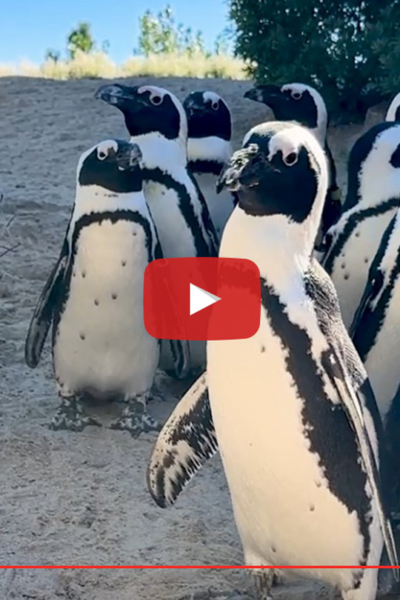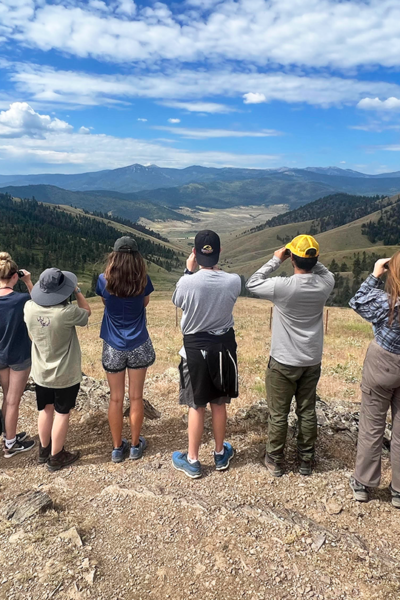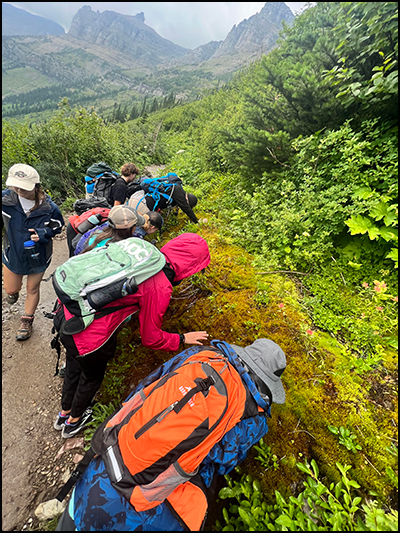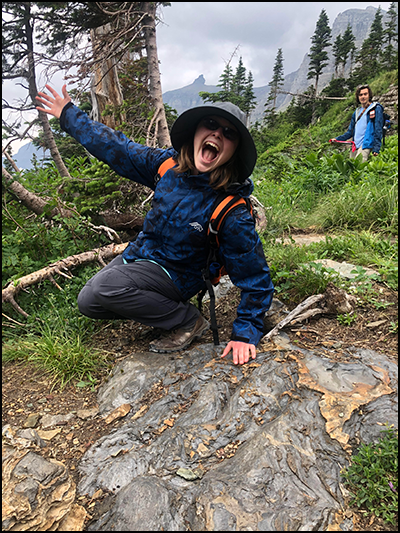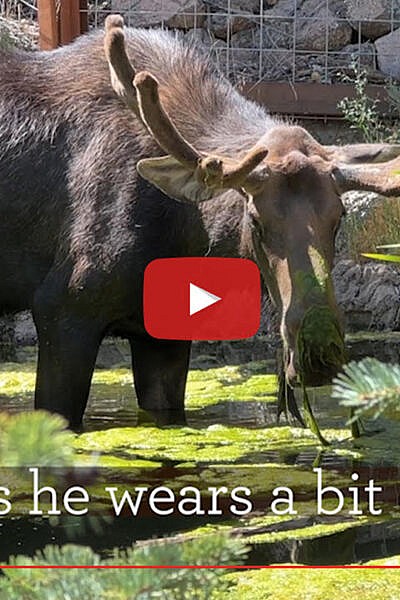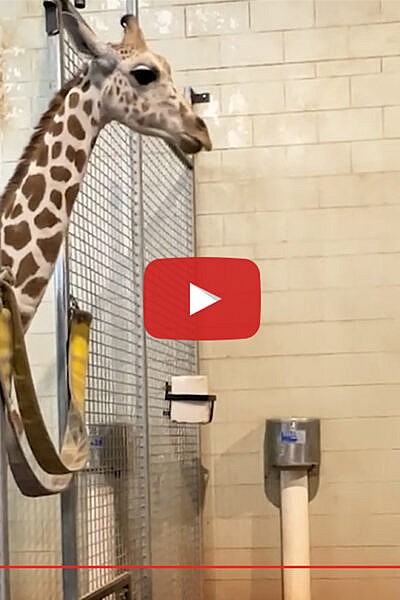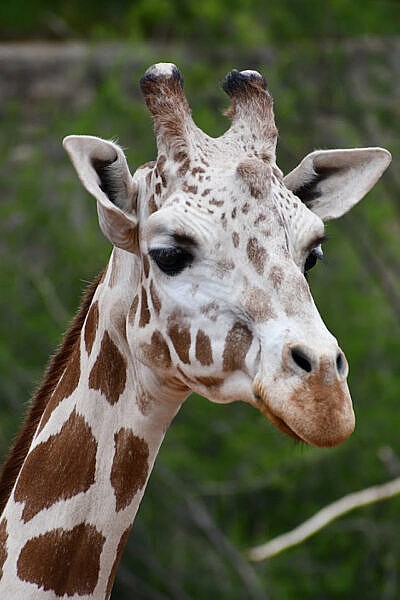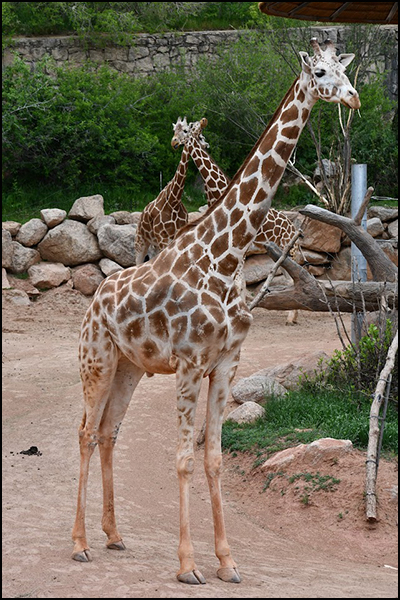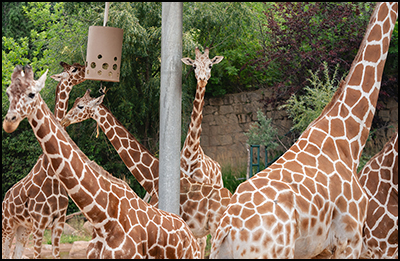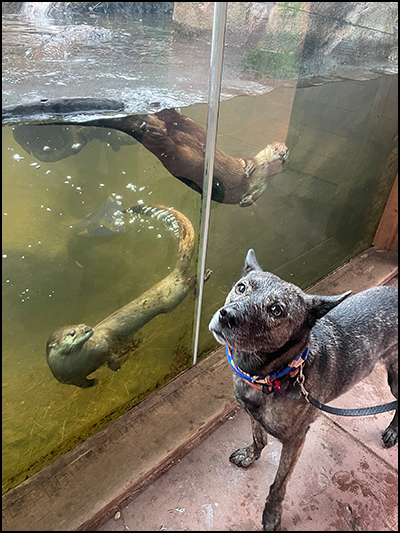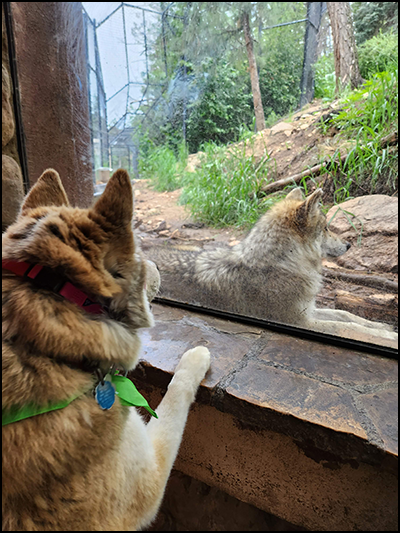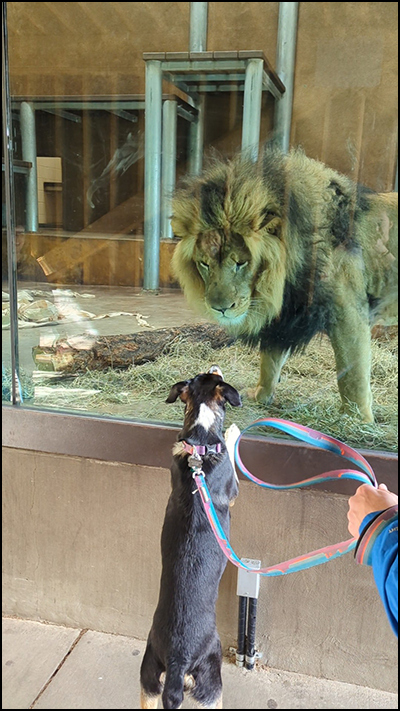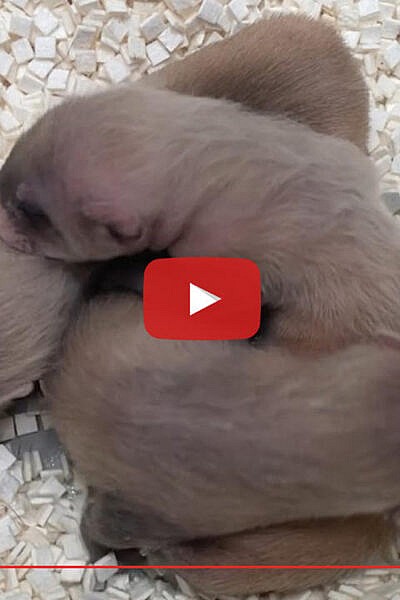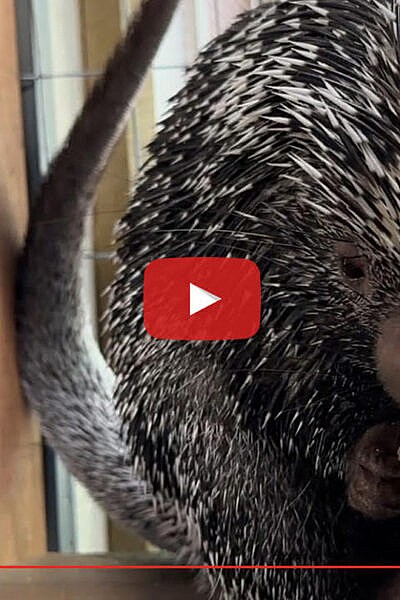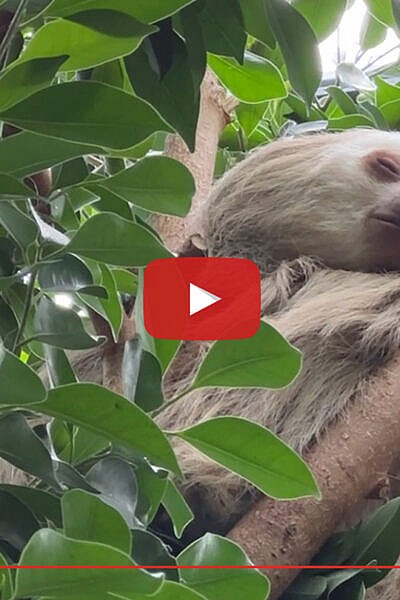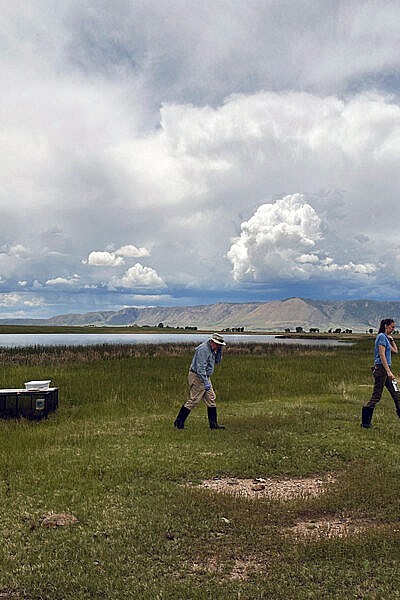Last month, volunteers and conservation experts gathered in Wyoming’s Laramie Basin to release hundreds of critically endangered Wyoming toads to their wild native habitat. 200 of the toads were raised at Cheyenne Mountain Zoo, including 10 little toads that CMZoo fans and guests named and followed online as they prepared for their big job: helping restore their species, which was once considered extinct in the wild.
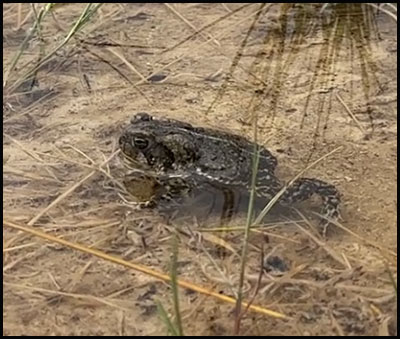
Jeff Baughman, field conservation coordinator at CMZoo, has led the effort for the Zoo’s contribution to this multi-organization effort since 2008, along with partners from U.S. Fish & Wildlife Service and others. The year-round effort to breed, raise and release the toads culminates each year in June, as he helps the toads – and thousands of tadpoles – make their debut in four designated reintroduction sites.
For many years, 1-year-old toads and tadpoles have been released each summer. This year, for the first time, 2-year-old toads were also released. This summer, CMZoo released 200 adult toads, bringing to total ever released to 1,425. The Zoo has released 46,651 tadpoles (yes, they count every single tadpole!), and 215 metamorphs and young toads over the years.
Baughman’s goal is for toads to breed and survive in the wild. The hope has been for the 1-year-old toads to overwinter and breed the next year. The 2-year-olds released this year could potentially reproduce this summer, so even if they don’t make it through the year, their offspring could.
“We have seen wild egg strands during surveys and releases, which is always so exciting,” said Baughman. “Maybe next year we’ll see even more egg strands, or we’ll see 1-year-old toads that hatched in the wild this summer. We’re going to continue testing ways to help more toads survive from year to year.”
Some of the toads are microchipped, so that any toads found in the wild can be scanned to see where they were born. Ten of those microchipped toads have names – pretty unusual for an endangered animal intended for wild release, but CMZoo social media fans chose a name theme for the ten tiny toadlets born last summer. Jim, Pam, Dwight, Michael, Phyllis, Oscar, Kevin, Angela, Kelly, and Stanley are now playing the most important roles of their lives, supporting their ecosystem or maybe, hopefully, bringing a new generation of toads to the Laramie Basin.
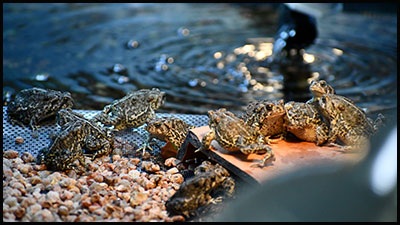
Each year on the day of the release, the team from CMZoo meets in the early morning hours to load the toads, already safely stored in tubs of cool and misty moss, from the conservation center into a van. That van will also transport CMZoo keepers, volunteers, board members and supporters on a nearly 4-hour drive to the meetup spot at a local fairground parking lot.
That’s where teams coordinate, learn how to safely handle the delicate toads, and pick up their waterproof boots before splitting up to see the toads off into the wild. After another drive, way off the main highway, and traipsing through knee-high waters, thick mud and mosquito breeding grounds, the teams arrive at the edge of a beautiful, crystal clear pond that’s brimming with life.
Pelicans, dragonflies, blackbirds, chorus frogs and more make their summer home in the basin, surrounded by the Medicine Bow and Laramie Mountains in the distance. In between steps – painstakingly placed to protect the well camouflaged toads hopping through the tall, wet grasses – the team stops to remember that wild places like this are well worth early mornings, boots full of pond water, mosquito bites and Denver traffic. Not to mention the daily dedication CMZoo’s conservation team and their partners have for the effort year-round.
“Being out in the Laramie Basin to release toads every year, and getting to bring volunteers who haven’t been before, really cements my passion for this ongoing effort,” said Baughman. “This is the only place in the world Wyoming toads live, and it’s up to us to help them recover. I always try to take a moment to reflect on the year we spent preparing these toads for release. It gets me excited for the year ahead.”
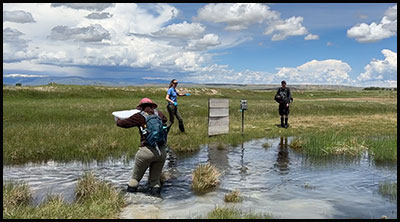
In addition to the toads released each year, CMZoo makes a second summer trip to the basin to release tadpoles to the wild. The toads and tadpoles are vital to the health of the ecosystem, serving as insect control, food sources for other creatures, and indicators of the health of their homes.
“I used to hear people asking why we put so much effort into saving a toad,” said Baughman. “Amphibians are facing the biggest mass extinction since the dinosaurs, and we’re their biggest hope. Without amphibians, insect populations would become out of control, and birds and other animals would lack an important food source.”
Pesticides, drought and a deadly amphibian fungus are the leading causes for the worldwide decline in amphibians. Chytrid fungus causes a skin infection that prevents amphibians from absorbing water and breathing through their skin, a process called cutaneous respiration. This often leads to organ failure and death.
For a long time, the approach has been to look for ways to address the fungus. Water adventurers can prevent the spread by disinfecting fishing gear, kayaks and other equipment used in water. But now, Chytrid is present in most wild waters, so Baughman and fellow scientists are looking for ways to help the toads become resilient to the fungus, or even adapt to it. That means intentionally exposing them to it.
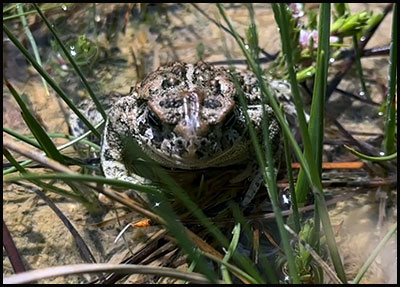
“We think the tadpoles that hatch in Chytrid-infested waters might be more resilient to it than those born in Chytrid-free environments,” said Baughman. “Of course, introducing Chytrid to our breed-and-release facilities would pose a huge risk, because of the potential for it to wipe out entire populations. So, we need more wild-born toads to test the theory for us. In the meantime, we’ll continue building the numbers in the best way we know at this point, which is in breed-and-release facilities like ours, while we continue to test new methods.”
None of this work is possible without the support of CMZoo guests. Through CMZoo’s Quarters for Conservation program, 75¢ of every admission is dedicated to frontline conservation efforts like this, so guests can enjoy a day on the mountain with their favorite animals and support important programs dedicated to saving wildlife and wild places. Since 2008, when Q4C started, CMZoo’s guests and members have contributed more than $4 million to conservation projects worldwide.
Back to The Waterhole
